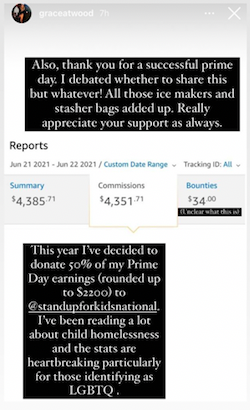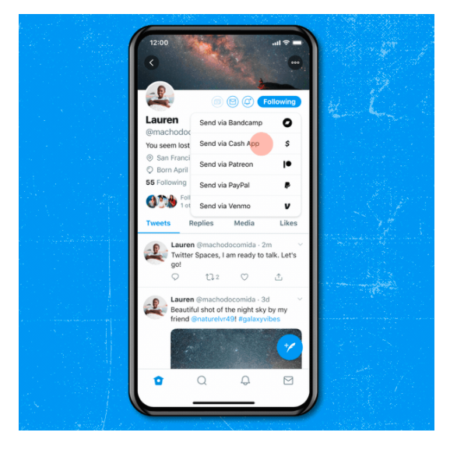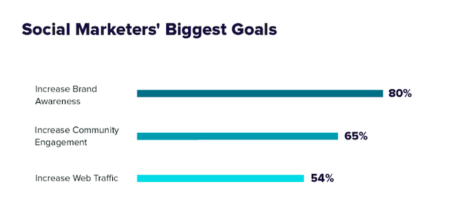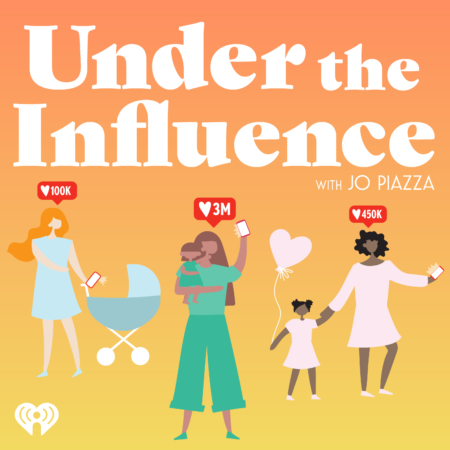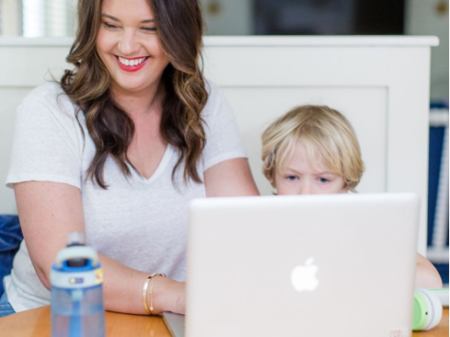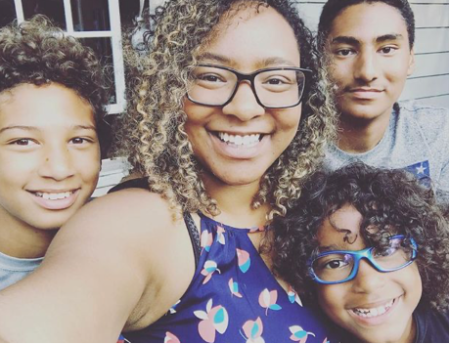What’s new in the world of social media? A lot!
Hackers are helping Twitter, Instagram is launching a version for kids (controversy!) and Clubhouse is unrolling the red carpet for everyone (no invites needed). Check out our cheat sheet of updates by platform which, of course, will continue to evolve week by week. But let’s live in the moment and see what everyone’s been up to:
has seen a decrease in followers after a usage spiked in the early months of the pandemic, but that’s not slowing them down.They recently rolled out new monetization features for creators as they continue to make Pinterest more of a shopping platform. They’re also continuing to lead the way in terms of their diversity, inclusion, and accessibility initiatives.
turned to hackers to find biases in their algorithms by launching a (paid) competition and giving teams access to its code and image cropping model. The goal: to find ways that the algorithm could be harmful. They’re also jumping on the shoppable content trend by testing an e-commerce feature on brands’ profiles.
is ready for the future. They’re partnering with Ray-Ban to make smart glasses, and while very few details have been shared yet, they say it’ll rely more on audio than AR. How Facebook responds to the rampant spread of misinformation across its platform, however, remains unanswered.
is really leaning into safety features. They’re moving forward with Instagram for kids, despite very mixed opinions. They’re also increasing safety features for teens and testing a new feature called Limits that aims to be an anti-harassment tool. Last but not least on the safety features front, they’ve added a sensitive content filter. While some users are grateful to have the extra control, many creators feel their content is being censored. But some good news for creators, Reels can now be up to a minute long!
TikTok
is looking more and more like Twitch everyday. They’re really pushing live videos, and are giving creators new live features such as multiple hosts, integrated Q&A functionality and are starting to test a Stories feature. TikTok also recently partnered with Vimeo to integrate more creative tools that are aimed at small and medium businesses.
Clubhouse
opened up to everyone and is no longer invite only. But the open access didn’t see a big influx of downloads, and while many are keeping the party alive on Clubhouse, people are equally as interested in testing competitors such as Spotify’s Greenroom (which is a separate app from regular Spotify). And just as quickly as Clubhouse got direct message capabilities, people are asking “how do we turn it off?”
Have a question about how to use these new social media functions for your business? Send us an email! And make sure to check out our other articles about influencer marketing, such as The 6 Ways Influencers Make Money.
